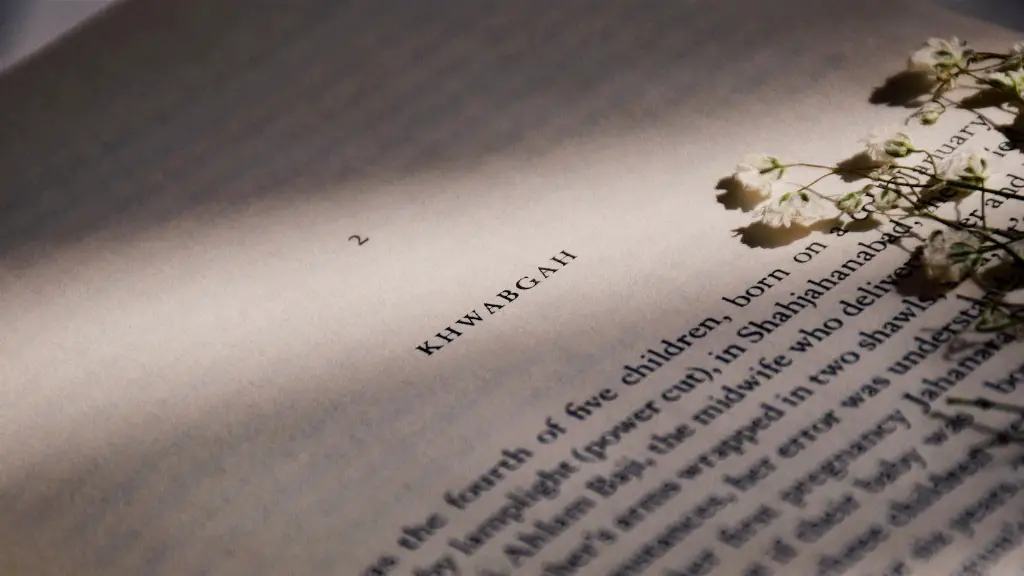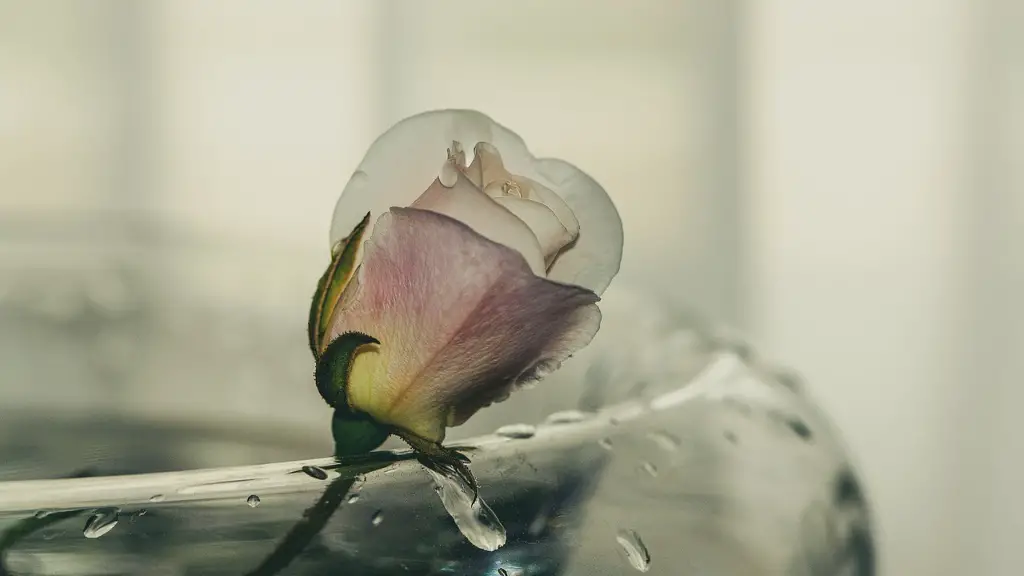Types of Poetry in Context
Poetry is a unique form of creative writing, characterized by the expressive use of language and an emphasis on rhythm, rhyme and form. It has been in existence from ancient times, and can be found in ancient texts from around the world. It’s also a varied art form, with numerous distinct types of poetry and poetic forms. Understanding the various types of poetry is useful in developing a full appreciation of the craft of writing poems.
Traditional Verse Form
The most traditional form of poetry is written in rhymed couplets, with strict meter and rhyme patterns. This can include a wide range of poetic forms, such as the sonnet, ballad and the ode. These traditional forms often adhere to a specific structure — a sonnet, for instance, has fourteen lines with a specific rhyme scheme and meter. Writing within these parameters can allow the poet to create a harmonious poem, while challenging them to work within the confines of the restrictions.
Free Verse
In contrast to traditional verse forms, free verse is an open-ended form; it does not observe any specific meter, rhyme scheme or structure. This frees the poet to emphasize other aspects of the poem, such as its imagery and emotional content. Free verse can evoke a wide range of moods and feelings, and can give rise to a more contemporary form of poetry. Although the poet does not have as much control over the form of the poem, using this type of writing effectively can still require tremendous skill and finesse.
Narrative Poetry
A narrative poem seeks to tell a story, often drawing attention to the characters and plot elements in the poem. This style of poem can help poets explore intricate sets of emotions, while maintaining chronological order and a clear plot. This can help challenge the reader to think deeply about the narrative and the characters contained within it. Moreover, this style allows readers to connect to the poem on an emotional level, as the elements of narrative are easy to relate to.
Haiku
Haiku is a form of poetry that originates from Japan and is characterized by its economy of language and simplified structure. It typically adhere to a set structure, with three lines with a total of seventeen syllables and the use of phrase breaks to add a lyrical cadence. This type of poem is often more suggestive and can be quite subtle and contained. Although, it requires a minimalist approach, haiku can be a powerful form of expression.
Concrete Poetry
Concrete poetry is an experimental form of the art, where the visual appearance of the poem on the page can be just as important, if not more so, than the meaning of the poem. This type of poetry often uses typographical arrangement and other visual techniques to create graphic formations, often breaking with traditional conventions of writing left to right across lines. This can challenge readers to enjoy and think about the piece in multifaceted ways.
Lyrical Poetry
Lyrical poetry is a type of writing that seeks to use lyrical language and evocative imagery to create a feeling of emotion and beauty. It is sometimes quite abstract, and the poet can often take liberties with the structure of the poem for the purpose of maximizing the impact of the language. This creative form gives the poet the opportunity to enjoy their full creative range, allowing them to explore the full power and potential of the poetical language.
Limerick
The limerick is a lyrical form of poetry which is characterized by its humorous subject matter and light meter. This form of poetry has been around for centuries, and is typically composed in anapestic pentameter (3 feet) with a strict rhyme scheme of AABBA. Limericks are often less serious in nature, and they frequently use humorous language to accentuate the light-hearted tone.
Renga
Renga is a collaborative form of poetry usually written by two or more people working together to create a poem. Unlike some of the other types of poetry previously mentioned, renga relies heavily on improvisation and dialogue between the participants. Usually, one poet will start a poem by composing the first few lines, and then the other poet will respond with the next few lines. This process continues back and forth until the poem is completed.
Epic Poetry
Epic poetry is a style of writing often characterized by its heroic themes and its lengthy structure. Unlike other forms of the art, this type of poetry seeks to tell a great story about a grand undertaking. Often the poem has many different characters, settings and plots. It can be quite epic in nature, and can be a way for poets to explore the many facets of adventure, daring and honor.
Sonnet
The sonnet is a traditional form of poetry that has been used by poets for centuries. It usually contains fourteen lines, with a rhyme scheme of ABAB CDCD EFEF GG. The structure of the poem is typically quite rigid and all four quatrains and the couplet must follow the same metric pattern in order to adhere to the form. The sonnet is often used to explore themes of love and relationships and can be an effective way to explore emotions in a concentrated space.
Haibun
Haibun is a Japanese form of poetry, which combines elements of prose and haiku. It was popularized by the Japanese poet, Matsuo Bashō, and it generally adheres to a three-part structure of narrative, haiku poem and a conclusion. This form of types of poetry is often centered around the experience of nature, with the haiku pieces providing insight and commentary. The combination of the brief haiku with the narrative form can often provide powerful insight into the beauty and complexity of the natural world.
Kundiman
Kundiman is a type of Filipino poetry, usually characterized by its romantic themes and its adherence to a quatrain form. This type of poem often focuses on love, longing and devotion, and its language can be quite lyrical and expressive. It was popularized in the region during the 19th century, and has continued to be an important part of Filipino poetic heritage. Writing a kundiman can be a poignant and intimate way to explore romantic themes and emotions.
Acrostic
An acrostic poem is a type of poetry where the first letter of each line spells out a word. This requires the poet to think carefully about the structure of the poem to ensure that the desired word is spelt out in the most effective way. This form of poetry can provide an interesting challenge to the poet, as it requires the poem to be more than just words – it requires a deeper level of engagment and thought.
Rhyme
Rhyme is a form of poetry where the last words of two or more lines in a poem rhyme, creating a sense of rhythm and harmony. This type of poetry can be quite attractive to the reader, as it adds another layer of meaning to the poem. Rhyming can also be used to explore wider themes, while providing a lyrical structure to the piece. Rhyme can be a useful tool in the poem writing process, and can be combined with other techniques to create interesting and engaging pieces.



